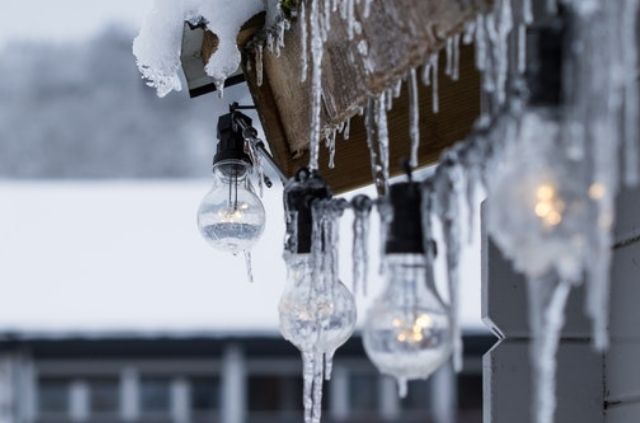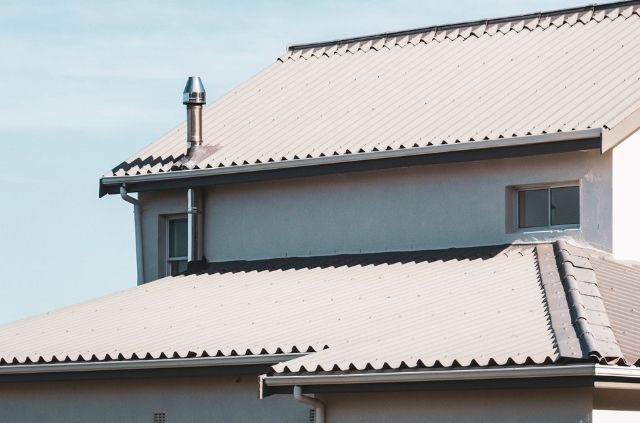Do Gutters Have to be Removed When Replacing a Roof?
It’s necessary for all modern houses to have gutters. These devices collect water from the roof and transport it away from your house. This brings us to the following question: do gutters have to be removed when replacing a roof?
It’s a good idea to remove gutters if you are about to replace a roof. Even though gutters are mounted to the fascia board, taking them off the house will prevent damage. Let’s take a look at the roof installation process so you can learn why removing gutters is essential.
Roof Installation Process
There’s a lot more work to replacing a roof than you might think. This multi-step process can add stress, because the total cost for a new roof can be thousands of dollars. If you want to avoid damaging your gutters, they should be removed before the project beings.
1. Remove Existing Roof
It’s not a good idea to install a new roof without removing the existing layer first. The shingles need to be completely stripped form the surface before moving on.
Putting new shingles over the old ones can be done, but it’s not recommended. Sure, you can save some money by eliminating the messy removal step – but it will eventually create more problems down the road.
The next time you will need to replace the roof it will cost even more money, as the surface can only handle two layers of shingles before it needs to be stripped.
2. Add a Drip Edge
Once the old roof has been torn up, the next step is to add a drip edge. Not all houses have a drip edge but it’s highly recommended especially if you’re spending the money to replace the roof.
This metal flashing will keep water away from the fascia boards. Houses that don’t have a drip edge installed can experience problems with age.
Water will begin to get under the roof components and rot the wood. When this happens you will need to eventually replace the fascia boards around your house.
3. Put Down Underlayment
You can’t put shingles down without a roofing underlayment. This critical layer sits between the roof deck and shingles. It provides the house with another layer of protection from the harsh elements of nature.
This will further help in rain, snow, ice, and other conditions. Roofing underlayment can be bought in rolls and comes in a variety of different types.
This material can be made out of asphalt-saturated felt, rubberized asphalt, and non-bitumen synthetic. Black asphalt-saturated felt is the most popular choice for residential homes.
4. Install Shingles
The shingles are then finally installed to the roof once everything listed above has been completed. This can be a long process depending on the size of your roof – but it’s one that should be taken with care.
Rushing this stage can produce sloppy results and leaks later on. Shingles will always get applied in an overlapping pattern.
When they are in the correct position, the shingles get secured to the roof with a nail gun. Installers will usually add a chalk line to the underlayment, so they can apply the shingles evenly.
5. Seal Everything
When the last shingle has been put down, you can finish up the job by sealing everything up. It helps to use a long handle broom and sweep any debris off the surface first.
This will ensure that you are working in a clean area before this critical final step. All of the nails will be sealed first. This helps guarantee that water will not make its way through the exposed sections with small holes.
Then sealant will be used around any vents and stack flashing. For these areas the shingles would have been cut in order to achieve a proper fitment.
Do Gutters Have to be Removed When Replacing a Roof?
We can dive into the question now that you’ve learned the long and tedious stages regarding roof installation. You can see from the above explanation that roofing involves much more than just nailing shingles on to the plywood.
The simple fact is that there will be a lot of materials moving up and down the roof when installing new shingles. As a result, gutters can become damaged from all of this heavy traffic.
Everything from the stress of ladders leaning up against the gutters, to tearing off the existing roof can cause damage. You might as well take the time to remove them before starting a new roof installation.
How Gutters Can get Damaged
Ladder – A ladder needs to be used in order to access the roof. And it doesn’t matter if you are going up the ladder, or a professional. It only takes a little amount of force for this piece of equipment to damage a gutter. In some cases aluminum gutters can be fixed, but you might as well take the time to remove them before using a ladder.
Shingles – There is a lot of action going on the roof when it’s being replaced. Think about how many pounds of shingles are removed and put back on during the process. Most roofs have a natural slope for water drainage, but this can be a problem for your gutters. If a heavy bag of shingles slides off the surface it will fall on the gutters and cause damage.
User error – There’s still a chance you could damage your gutters, even when taking all of the necessary precautions. The problem is that when you outsource this job, there’s more of a chance for user error. Roofers want to rip off an existing roof and install new shingles quickly. But when they’re rushing mistakes can be made – which could end up causing damage to your gutters.
Conclusion
This article began with a question: do gutters have to be removed when replacing a roof? They short answer is yes, they should absolutely be removed.
Even though you could get away with keeping the gutters on the house, it’s much safer to remove them before hand. This can avoid the gutters from becoming damaged during the roof installation process.
Further Reading
Search Terms
- Do gutters have to be removed when replacing a roof?






